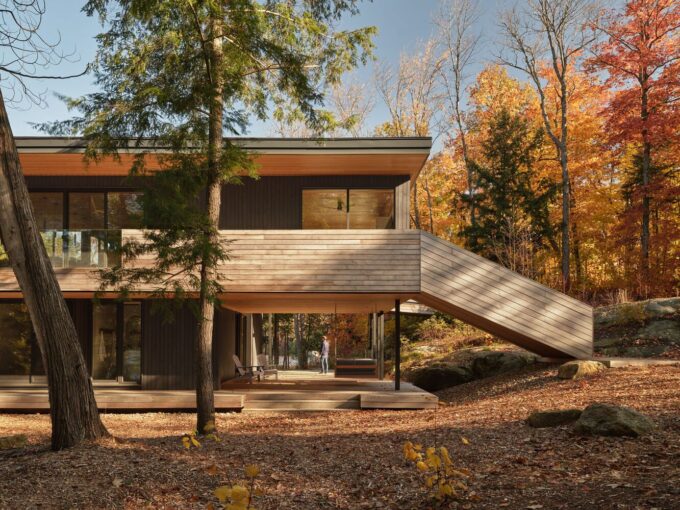- Home
- Articles
- Architectural Portfolio
- Architectral Presentation
- Inspirational Stories
- Architecture News
- Visualization
- BIM Industry
- Facade Design
- Parametric Design
- Career
- Landscape Architecture
- Construction
- Artificial Intelligence
- Sketching
- Design Softwares
- Diagrams
- Writing
- Architectural Tips
- Sustainability
- Courses
- Concept
- Technology
- History & Heritage
- Future of Architecture
- Guides & How-To
- Art & Culture
- Projects
- Interior Design
- Competitions
- Jobs
- Store
- Tools
- More
- Home
- Articles
- Architectural Portfolio
- Architectral Presentation
- Inspirational Stories
- Architecture News
- Visualization
- BIM Industry
- Facade Design
- Parametric Design
- Career
- Landscape Architecture
- Construction
- Artificial Intelligence
- Sketching
- Design Softwares
- Diagrams
- Writing
- Architectural Tips
- Sustainability
- Courses
- Concept
- Technology
- History & Heritage
- Future of Architecture
- Guides & How-To
- Art & Culture
- Projects
- Interior Design
- Competitions
- Jobs
- Store
- Tools
- More
Understanding Lighting Diffusers: Types and Benefits

Lighting diffusers are essential components in both residential and commercial settings, designed to enhance the quality of light in an environment.
They play an important role in modifying the illumination provided by light sources, making the light softer and more evenly distributed.
This article explores the various types of lighting diffusers and their benefits.
Table of Contents
ToggleUnderstanding Lighting Diffusers
Lighting diffusers are materials or devices that scatter or diffuse light emitted by light sources.
Typically made from frosted glass, acrylic, polycarbonate, or fabric, these diffusers help to reduce glare, manage the spread of light, and eliminate harsh shadows.

By doing so, they create a more ambient and comfortable atmosphere suitable for a variety of spaces.
The Manufacturing Process of Lighting Diffusers
Lighting diffusers are crafted using a variety of materials such as acrylic, polycarbonate, or glass, each chosen for its specific properties of durability, translucency, and impact resistance.
The manufacturing process often involves CNC laser cutting, a technique that stands out for its precision and efficiency.
This technology utilises a high-powered laser beam to cut the material, allowing for intricate designs and exact dimensions, which are crucial for the proper dispersal of light.
It’s also beneficial in creating custom patterns on diffusers, which can significantly enhance both the functionality and aesthetic appeal of lighting fixtures.
The process is not only fast and precise but also minimizes material waste, making it a favored choice in the sustainable manufacturing of lighting components.
Types of Lighting Diffusers
Frosted Glass: Ideal for use in homes and offices, frosted glass diffusers offer a timeless aesthetic that evenly distributes light, thereby enhancing the ambience of any room.
Acrylic Diffusers: Known for their durability and versatility, acrylic diffusers are commonly used in commercial spaces.

They are lightweight, impact-resistant, and can be moulded into various shapes, making them suitable for innovative lighting designs.
Polycarbonate Diffusers: These diffusers offer superior impact resistance and transparency, ideal for high-risk areas or where safety is a priority.
Polycarbonate is also known for its excellent light diffusion capabilities without compromising the light intensity.
Fabric Diffusers: Often used in residential lighting, fabric diffusers provide a soft, decorative touch, diffusing light with a warm glow that adds to the coziness of living spaces.
Benefits of Lighting Diffusers
Enhanced Comfort: By softening the light, diffusers make environments more comfortable for eyesight, reducing eye strain and improving visual comfort.
Energy Efficiency: Diffusers help distribute light more efficiently, potentially reducing the need for additional light sources and lowering energy consumption.
Aesthetic Appeal: Apart from their functional benefits, diffusers serve as decorative elements, adding to the interior aesthetics with various materials and designs.
Reduced Glare: They are particularly beneficial in workplaces where reduced glare can lead to increased productivity and better work environment.

Final Thoughts
Lighting diffusers are more than just practical components; they are integral to creating environments that are visually comfortable and aesthetically pleasing.
Whether in homes, offices, or commercial spaces, the right diffuser can significantly transform the ambiance, proving that good lighting is indeed an essential element of good design.
illustrarch is your daily dose of architecture. Leading community designed for all lovers of illustration and #drawing.
Submit your architectural projects
Follow these steps for submission your project. Submission FormLatest Posts
The Ultimate Guide to Fencing in North Dakota: Choosing the Best Fence for Your Property
Watching a chain link fence twist in 70 mph winds near Minot...
Gaudí: Where Architecture Meets Science
Gaudí: Where Architecture Meets Science shows catenary arches, ruled surfaces, and biomimicry...
How Housing Market Forces Shape Architectural Design Today
Architecture never exists in isolation. Buildings rise from a mix of ambition,...
Why Portable Formaldehyde Gas Detectors Matter on Construction Sites
As construction practices shift toward more enclosed and material-intensive environments, the risk...












Leave a comment